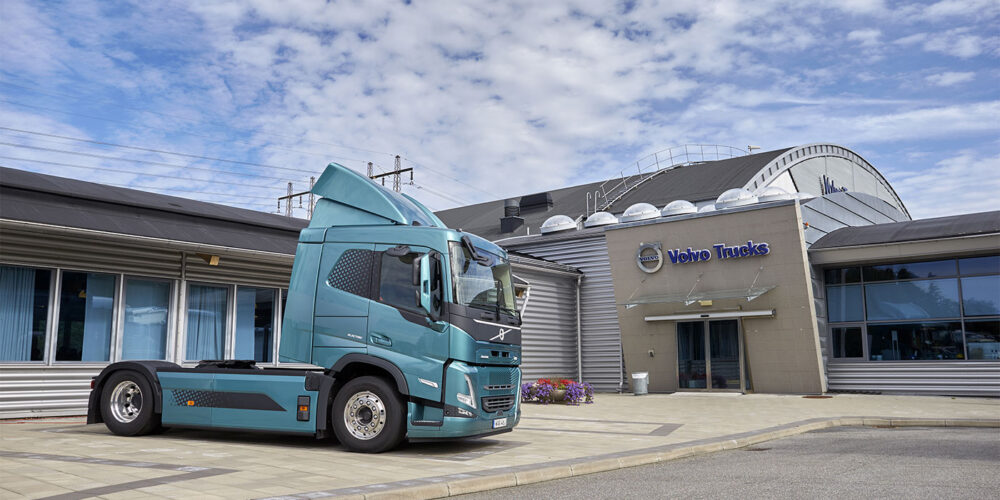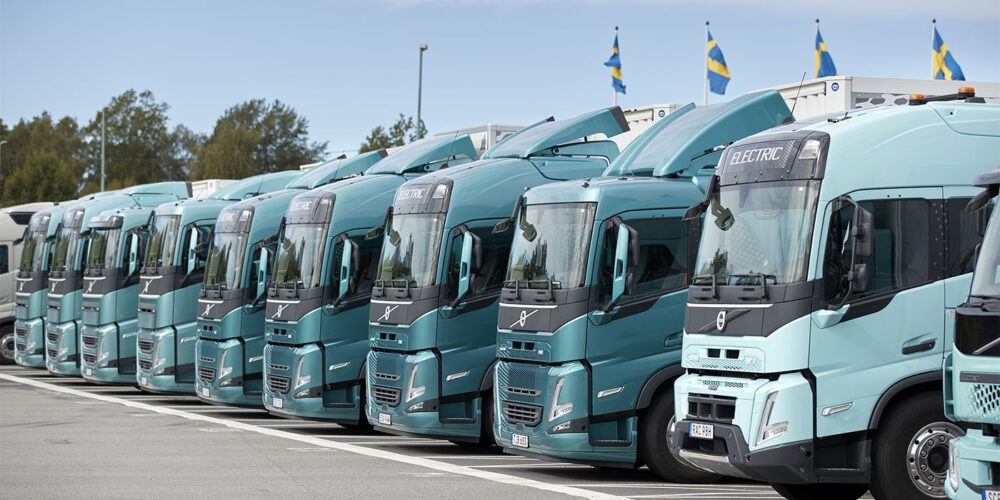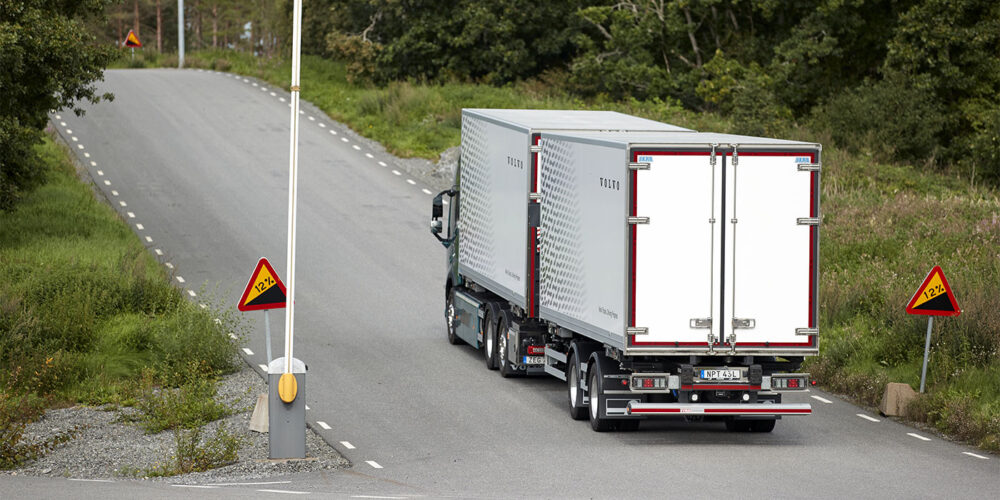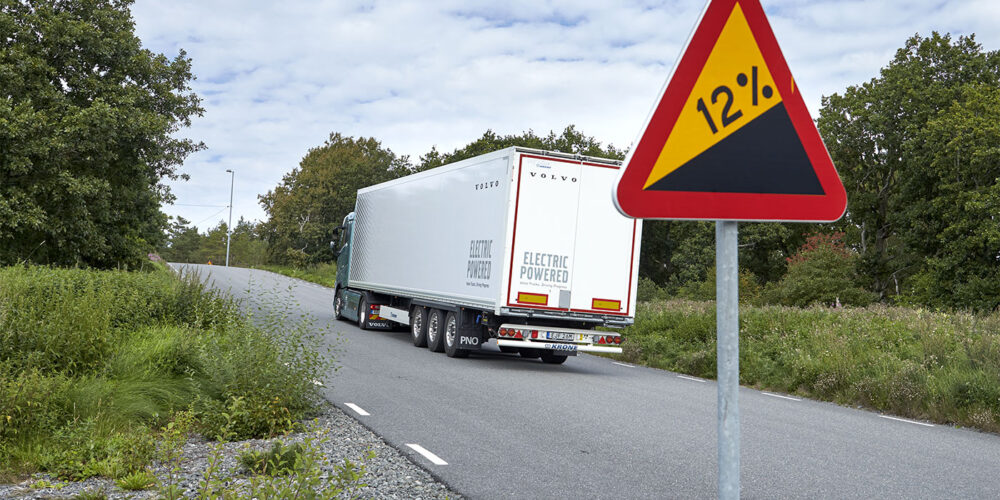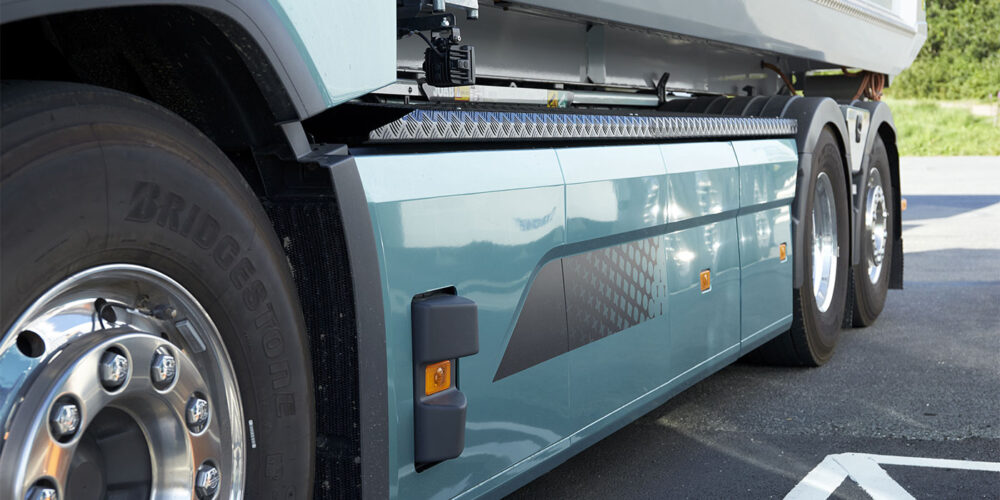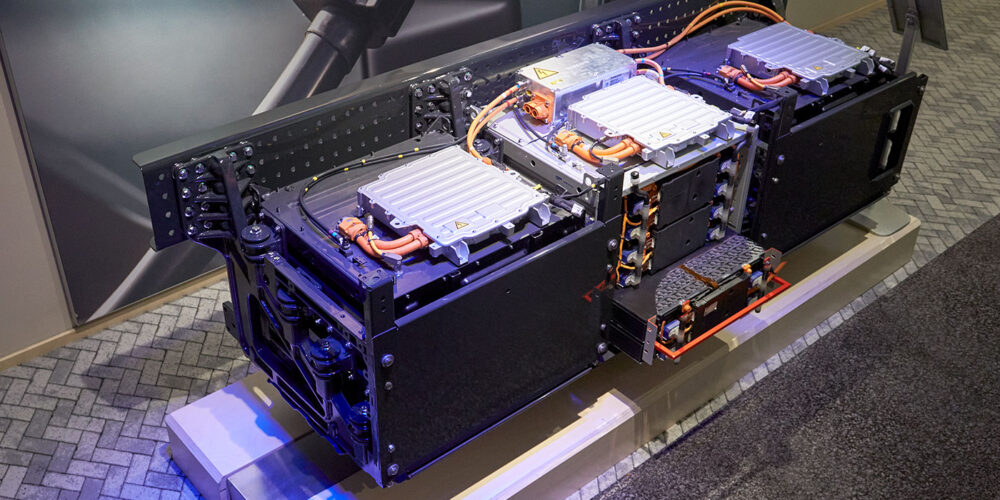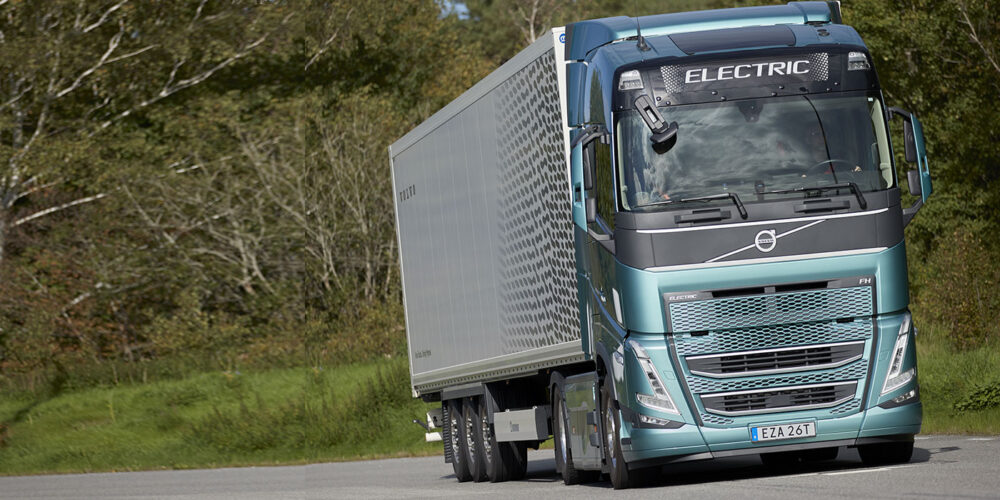
It may be difficult to see an all-electric trucking future in the United States. Distances are vast, trucking applications are labor intensive, and the hurdle to early adoption remains high. The first wave of battery electric truck adoption in the U.S. has peaked, with nearly every truck manufacturer offering an electric truck option and forward-thinking fleets like Sysco investing heavily in increasingly sustainable trucking equipment. Electric trucks with a range of less than 300 miles (approximately) are all over the industry, but the question remains: How do battery electrics emerge from their niche?
One answer is to take a step back and look at the electric battery from a more global perspective. During a press event held in Gothenburg, Sweden, Volvo Trucks provided a broad perspective on the development and deployment of electric truck technology. Volvo Trucks’ view is that battery electric trucks will meet the vast majority of orders in the 27 countries of the European Union (EU). This may be the opposite majority in the United States, where hopes are high that hydrogen fuel cell technology will provide an emissions-free platform for long-range applications, but it is clear that the global scale of electrification could bring the technology to market in a way that is more viable than just looking at it. To it through the lens of the American market. Suddenly, Volvo Trucks’ goal of achieving a zero-emission product range by 2040 has come into sharper focus.
Not to mention, when you get behind the wheel of an electric truck, it’s pretty cool. No noise, no vibration. Just pure torque and power. There is no greater example than hauling 44 tons (that’s over 98,000 pounds) at a 12% grade, stopping in the middle of the road, then pressing the accelerator and having the truck tow the load as if the trailers were empty. I spent the afternoon at the Volvo Trucks Experience Center in Sweden, where I browsed the range of electric truck OEMs. Take a look at the photo gallery and stay tuned for a video soon.
